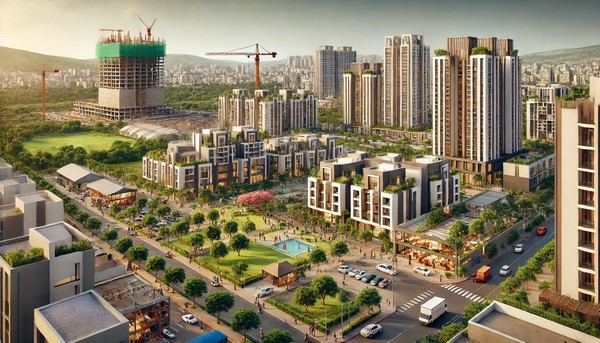By Shivani Shah, PR Professional
Like many other industries, the public relations (PR) sector is presently experiencing a significant transition. Rapid improvements in manufacturing, shifts in patron behavior, and the growing importance of virtual presence are redefining the landscape. Looking at destiny, PR professionals must include exchange and innovation to live usable and powerful. Here are the key trends and strategies that are a good way to shape the destiny of PR work.

1. Digital transformation and AI integration
The integration of artificial intelligence (AI) and digital equipment is revolutionizing PR. AI-powered devices are improving media monitoring, sentiment scoring and predictive analytics, enabling PR professionals to gather insights and create more powerful techniques. Chatbots and AI-powered customer service are also improving client interactions and engagement.
Key strategy: Invest in artificial intelligence and digital equipment to increase performance and provide deeper insights. Training teams to use these technologies can be important to stay ahead.
2. Decision-making based on data
Data analysis is becoming central to PR strategies. Understanding audience behavior, tracking campaign performance, and measuring ROI are now more information-driven than ever. The potential to interpret and act on the basis of knowledge of the facts will distinguish successful PR campaigns from others.
Key Strategy: Develop strong statistical analysis talent in your team. Use the information to communicate strategy, optimize campaigns and reveal fees to clients.
3. Personalization and hyper-targeting
Consumers expect personalized studies. In PR, this means tailoring the message to a unique audience, informing them of their options and engaging them in important approaches. Hyper-concentration through virtual channels allows PR specialists to reach the right audience with the right message at the right time.
Key Strategy: Leverage data for audience segments and create personalized content. Focus on building authentic connections through focused outreach.
4. The rise of influencer partnerships
Even now, influencer marketing is a potent public relations tactic. Working with influencers that align with your brand’s values might help you reach a wider audience and convey a better message.
Selecting the appropriate influencers is essential for achieving authenticity and reputation.
Key Strategy: Build long-term relationships with influencers who resonate with your brand and target market. Ensure authenticity in collaboration for consideration and credibility.
5. Crisis management in the digital age
The virtual age has made crisis management even more complex. News spreads quickly on social media and a misstep can spread quickly. Effective crisis management now requires real-time monitoring, rapid response and transparent conversation.
Key Strategy: Develop a complete disaster management plan consisting of social media monitoring and a clear conversation log. Train your crew to respond quickly and effectively to potential crises.
6. Embracing diversity and inclusion
Diversity and inclusion are not optional – they can be vital. Diverse teams have exclusive opinions, leading to extra innovative and effective PR strategies. Inclusive campaigns resonate better with a broader target market and reflect the values of current clients.
Key Strategy: Foster a diverse and inclusive workplace. Make sure your campaigns reflect diverse voices and opinions to connect with a much wider audience.
7. Remote work and flexibility
The COVID-19 pandemic has compounded the shift towards remote painting. Flexible working arrangements are becoming the norm, providing benefits that include increased productivity and a greater balance between painting and lifestyle. PR experts must adapt to dealing with remote groups and maintaining collaboration.
Key Strategy: Implement generation and strategies that help away from painting and co-op. Support a flexible lifestyle and believe in your team.
8. Sustainability and social responsibility
Consumers and clients are increasingly engaged in sustainability and social responsibility. PR campaigns that emphasize a brand’s commitment to these values can garner popularity and build stronger connections with stakeholders.
Key Strategy: Integrate sustainability and social responsibility into your PR strategies. Communicate your brand’s efforts and achievements in these regions authentically.


